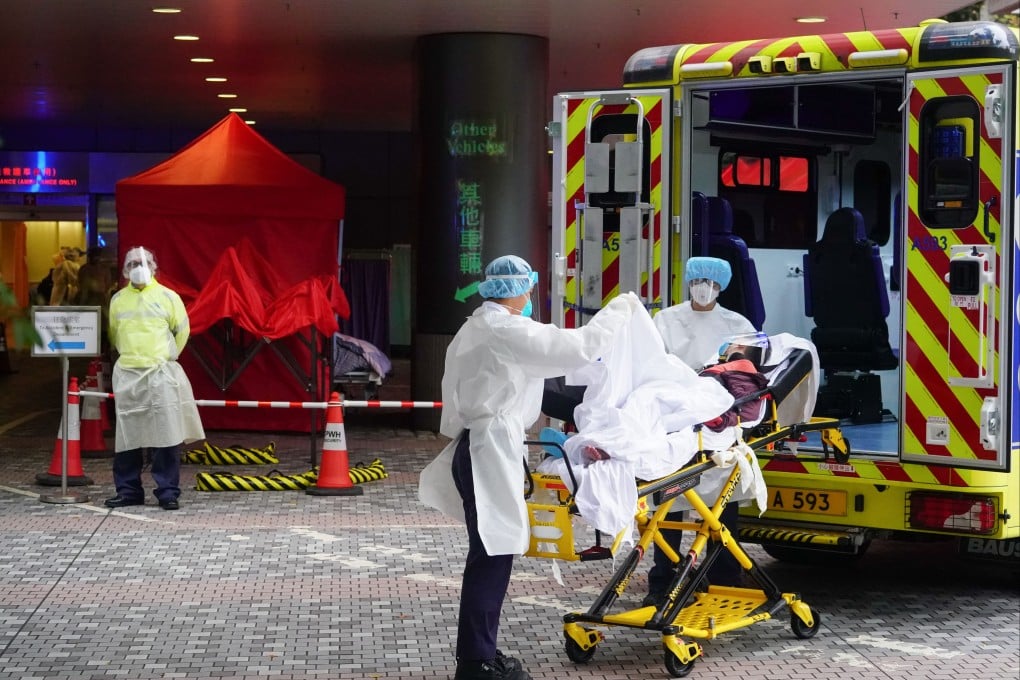Opinion | The 3 most likely scenarios of how the pandemic in Hong Kong ends
- One way or another, the current wave of Covid infections that has seen record daily cases and crippled the city’s health care system will peter out
- The key uncertainty is over how, not whether, the pandemic in Hong Kong ends

By now, it should also be clear that with the exception of quarantine rules, the Hong Kong authorities lacked the requisite capabilities to implement the above suppression measures swiftly in the face of the highly transmissible Omicron variant.
They also did not invest sufficiently in these capabilities when they had the chance to do so last year – as Hongkongers are now discovering. Whatever the benefits of dynamic zero-Covid on the mainland, they were unattainable in Hong Kong. Hong Kong’s pursuit of zero-Covid has hardly been dynamic.
Compounding the first failure to build up the capacity to achieve zero-Covid was the refusal, on the part of the Hong Kong government, to consider the possibility that given its constraints and circumstances, a mitigation approach to Covid-19 may be more sustainable and realistic for Hong Kong.
Transiting to a mitigation approach, however, requires a very high vaccination rate (of at least 80 per cent for the whole population, and higher for the most vulnerable elderly population) to minimise the number of cases who would fall severely ill, and ensuring sufficient capacity in the health care system (especially ICU beds) for those who do.
In the absence of these two conditions, living-with-Covid places significant pressure on the health care system – as Hongkongers are also now discovering.

